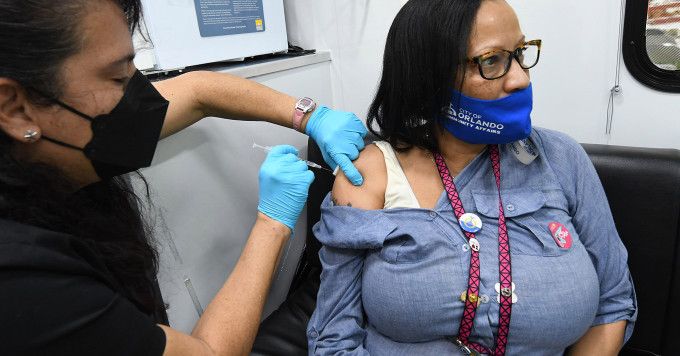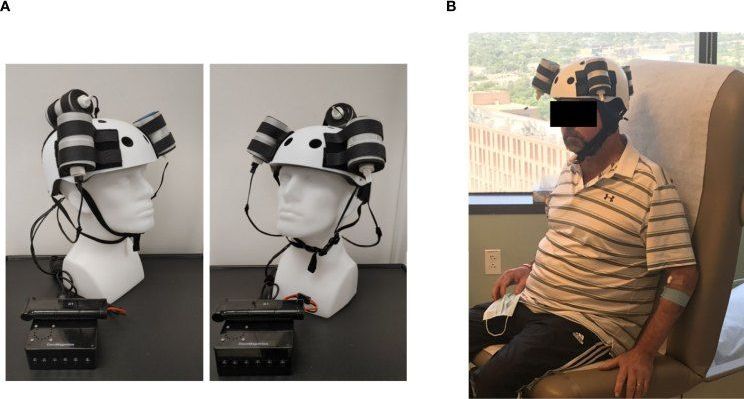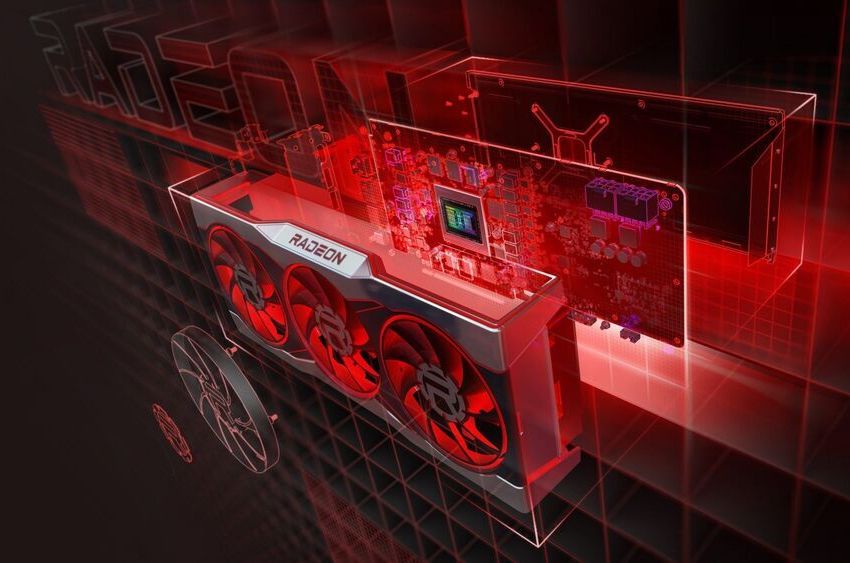Now businesses, start-ups and their backers are eyeing an even bigger bonanza in the form of the next generation of seniors. The market opportunities will shift to the development of products and services through a greater adoption of emerging technology to provide preventive health care, and help people to live in their homes for longer, plus increase independence and well being.
Opportunities in China’s elderly health care will shift to the development of tech-based products and services to help people live longer in their homes and increase their independence and well being.







